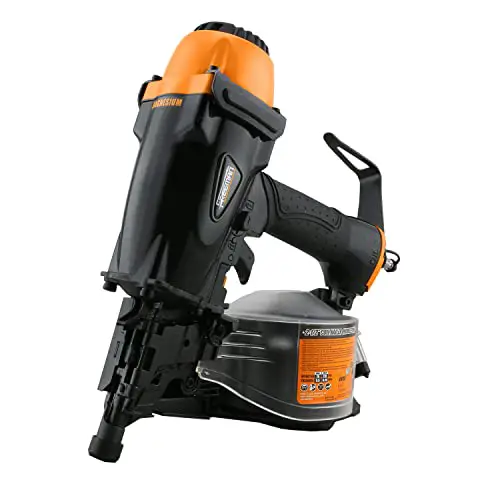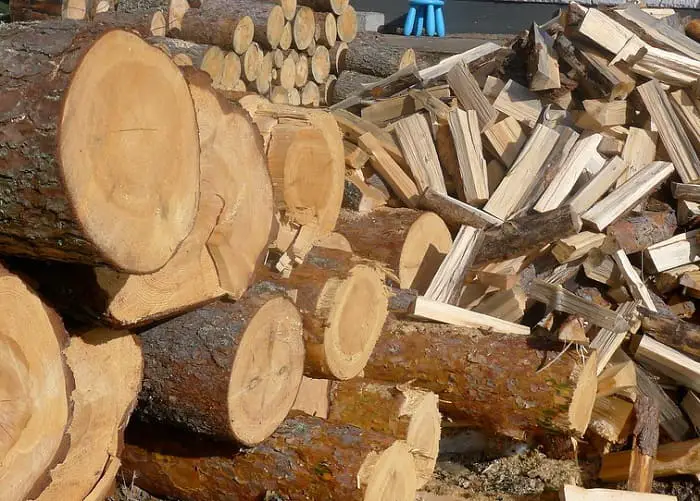What is a Good Lubricant for Wood : Top Solutions for Smooth Finishes
When it comes to maintaining wood furniture, tools, or any other wooden items, using a good lubricant is essential for keeping them in top condition. Wood is a natural material that can be prone to drying out, cracking, or becoming stiff over time. To prevent these issues and to ensure that your wooden items remain in excellent condition, it’s important to use the right lubricant.
Types of Lubricants for Wood
There are various types of lubricants that are suitable for wood, each with its own unique properties and uses. Some of the most popular lubricants for wood include:
| Lubricant Type | Properties | Uses |
|---|---|---|
| Beeswax | Natural, non-toxic, leaves a smooth finish | Polishing wooden furniture and cutting boards |
| Tung Oil | Water-resistant, durable, enhances wood grain | Sealing and finishing wooden surfaces |
| Silicone Lubricant | Water-repellent, reduces friction | Lubricating wooden gears and sliding mechanisms |
| Dry Lubricant Spray | Non-greasy, reduces friction, dries quickly | Lubricating wooden hinges, locks, and tools |
Factors to Consider When Choosing a Lubricant for Wood
When selecting a lubricant for wood, there are several factors to take into consideration:
- Type of Wood: Different types of wood may require different types of lubricants. For example, a dense hardwood such as teak may benefit from a penetrating oil, while softer woods like pine may respond well to beeswax.
- Indoor or Outdoor Use: If the wooden item will be exposed to outdoor elements, a weather-resistant lubricant such as tung oil may be preferable.
- Intended Use: Consider how the lubricant will be used and choose one that is suitable for that specific application, whether it’s for lubrication, sealing, or finishing.
- Safety: If the wooden item will come into contact with food or drinks, it’s important to choose a non-toxic and food-safe lubricant such as beeswax or mineral oil.

Credit: www.woodsmith.com
Benefits of Using a Good Lubricant for Wood
Using a high-quality lubricant for wood offers a range of benefits, including:
- Preventing drying and cracking: Lubricants such as beeswax and tung oil can penetrate the wood and help prevent it from drying out and developing cracks.
- Enhancing appearance: Many wood lubricants can enhance the natural beauty of the wood by bringing out the grain and providing a smooth, lustrous finish.
- Improving functionality: Lubricants reduce friction, making it easier to open drawers, doors, and windows, as well as improving the performance of tools and machinery with wooden components.
- Protecting against moisture: Water-repellent lubricants can help protect wood from moisture damage, which is especially important for outdoor wooden furniture and structures.
Frequently Asked Questions On What Is A Good Lubricant For Wood : Top Solutions For Smooth Finishes
What Type Of Lubricant Is Best For Wood Furniture?
A silicone-based lubricant is best for wood furniture as it provides long-lasting protection and prevents sticking.
Can I Use Wd-40 As A Lubricant For Wood Projects?
No, WD-40 is not recommended for wood as it can leave a residue and potentially harm the wood surface.
Is It Safe To Use Mineral Oil As A Wood Lubricant?
Yes, mineral oil is safe for wood and is often used to condition and protect wooden surfaces.
What Are The Advantages Of Using Beeswax As A Wood Lubricant?
Beeswax is natural, non-toxic, and provides a protective layer while enhancing the wood’s natural beauty.
Conclusion
Choosing the right lubricant for wood is essential for maintaining the beauty, functionality, and longevity of wooden items. Whether it’s for lubricating, sealing, or finishing, there are a variety of lubricants available, each with its own unique properties and uses. By considering factors such as the type of wood, intended use, and safety considerations, you can ensure that you select the best lubricant for your specific needs, allowing you to keep your wooden items in top condition for years to come.






